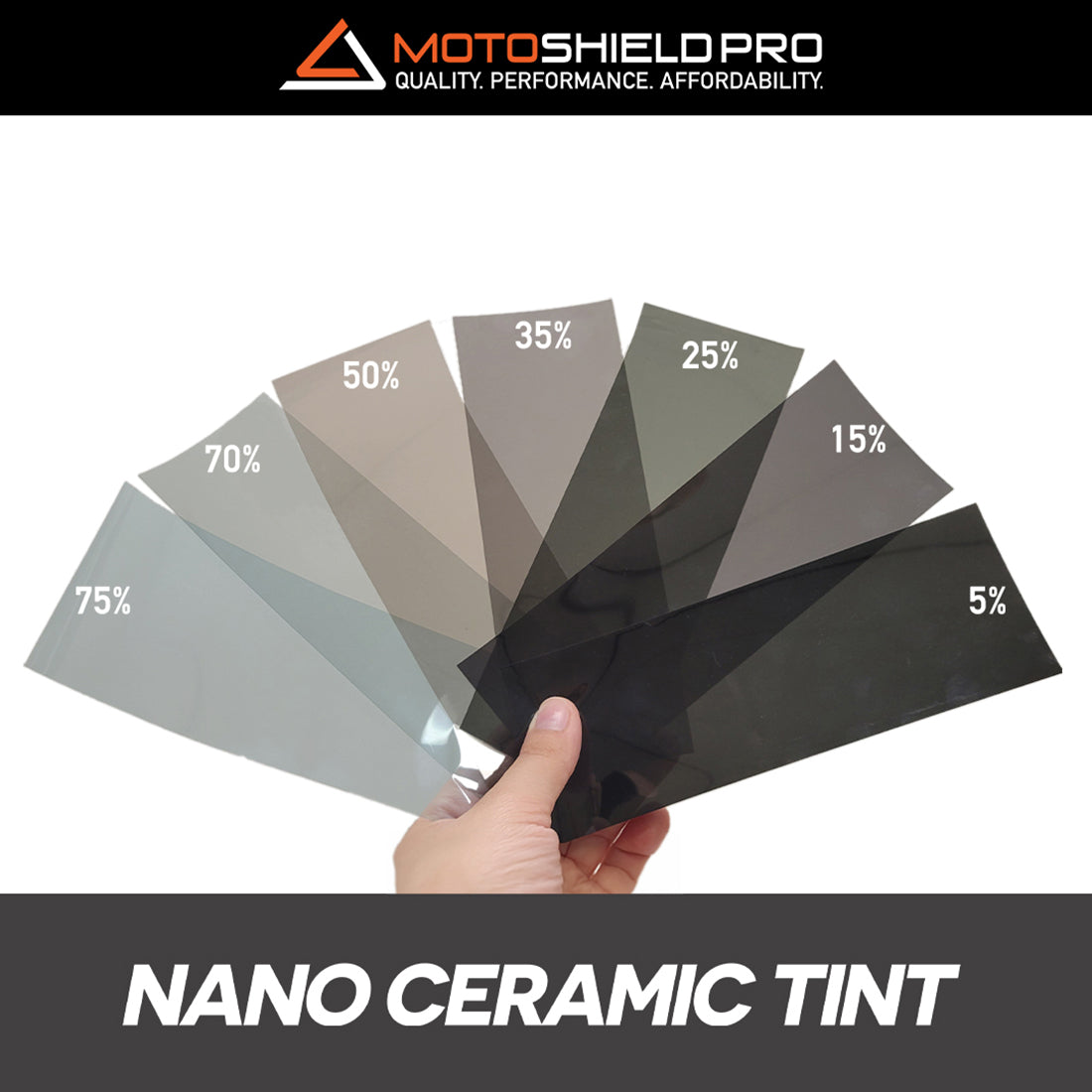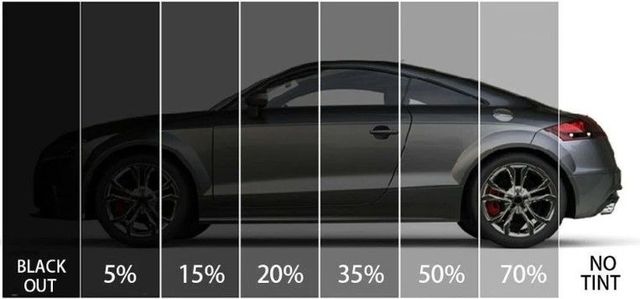Just How Automobile Window Tinting Secures Your Car's Inside
Just How Automobile Window Tinting Secures Your Car's Inside
Blog Article
Home Window Tinting Laws and Guidelines: What You Need to Know Prior To Tinting Your Vehicle
Prior to proceeding with window tinting for your lorry, it is crucial to familiarize on your own with the diverse legislations and guidelines that regulate this technique throughout various states. These policies dictate the permitted degrees of color darkness, commonly determined by noticeable light transmission (VLT) percents, and include details specifications for front windscreens intended at making sure road safety.
Introduction of Home Window Tinting Laws
Window tinting legislations are regularly subject to variation across different jurisdictions, mirroring regional regulations and security factors to consider. These laws determine the allowable degrees of tint darkness and reflectiveness on car windows, making certain that motorists maintain adequate presence while additionally shielding versus dangerous UV rays and heat.
Most guidelines classify home window tinting based upon the Visible Light Transmission (VLT) percentage, which indicates the quantity of light that can pass with the home window. Typically, lower VLT percentages represent darker colors. Laws often separate between the front, side, and rear home windows, with stricter constraints related to the front windscreen to enhance safety and security for both the chauffeur and various other road customers.
Additionally, some territories enforce limitations on the reflectivity of the tint, avoiding extreme glow that can harm exposure. Exceptions to these laws might exist for individuals with specific clinical problems calling for extra sun protection. Compliance with home window tinting policies is vital, as violations can lead to fines, mandatory elimination of the tint, and possible boosts in insurance costs. It is vital for lorry owners to familiarize themselves with neighborhood laws before proceeding with window tinting setups.
State-by-State Color Laws
Recognizing the certain window tinting regulations in each state is crucial for vehicle proprietors seeking to abide with the legislation. Each state in the U.S. has actually established its very own set of policies governing window tinting, which can differ substantially. These guidelines often dictate the allowable degrees of color darkness, the types of home windows that can be tinted, and any kind of medical exemptions that may apply.
As an example, states like The golden state have rigid limitations on tint darkness for front home windows, while others, such as New Mexico, might enable darker colors. In addition, particular states mandate specific visibility percents for different windows, including the windshield, front side windows, and back windows. It is essential for automobile owners to familiarize themselves with their state's laws to prevent prospective penalties or fines.
In addition, some states may require a certification sticker label to be positioned on colored windows, showing conformity with state laws. Failing to follow these regulations not just takes the chance of legal effects however can also influence security and presence while driving. Automobile proprietors need to carry out extensive study or seek advice from local authorities to ensure complete understanding and conformity with state-by-state color policies.
Allowed Color Levels and Kinds
Several car proprietors might be amazed to learn that enabled color degrees and types vary extensively across different states. Each state has developed its very own policies concerning the permissible darkness and reflectivity of window color, often determined by Visible Light Transmission (VLT) percents. VLT refers to the quantity of light that can go through the tinted windows; therefore, a reduced percent indicates a darker color.

Moreover, the types of color products permitted can vary, with some states prohibiting metallic or mirror-like finishes. It is vital for lorry owners to familiarize themselves with their state's details laws to make certain conformity. Non-compliance can result in penalties, obligatory removal of the tint, or other lawful consequences, making it vital to home comprehend these regulations before proceeding with installation.
Medical Exemptions for Tinting
While not all states supply allocations for clinical exemptions pertaining to window tinting, those that do acknowledge the necessity for details individuals to enhance exposure and convenience due to medical problems. Numerous medical conditions, such as lupus, skin cancer cells, and certain eye disorders, can make individuals specifically conscious sunshine. These individuals might need darker colors to protect themselves from harmful UV rays and glare.

It is essential to note that despite a medical exception, there might still be restrictions on the level of color allowed. Conformity with state legislations makes certain that individuals are both safeguarded and within legal limits. Those considering clinical exceptions ought to contact their regional Department of Motor Automobiles or comparable authority to understand the demands and procedures necessary to get an exemption properly.
Penalties for Non-Compliance
Stopping working to comply with home window tinting legislations can bring about considerable penalties, which vary by state. Regulation enforcement agencies are encouraged to provide citations for cars that do not follow the defined tinting laws. These fines typically include penalties, which look at this website can vary from modest quantities to several hundred dollars, depending upon the extent of the violation and the state concerned.
In some territories, repeated offenses may result in intensifying fines or extra penalties, such as compulsory court appearances. Additionally, non-compliance might require the elimination of illegal tinting, frequently at the proprietor's cost. In extreme situations, regular transgressors may encounter suspension of their car enrollment up until conformity is achieved.
Additionally, insurance ramifications may occur from obtaining multiple citations for window tint offenses. Insurance companies may check out such violations as a sign of riskier actions, possibly leading to enhanced premiums or problem in coverage.
To stay clear of these fines, it is crucial for car owners to familiarize themselves with their neighborhood home window tinting laws and ensure that their vehicle complies (Window Tinting). This proactive method not just stays clear of legal ramifications but additionally advertises road security
Conclusion

Many regulations identify window tinting based on the Visible Light Transmission (VLT) percentage, which indicates the quantity of light that can pass with the home window. Compliance with window tinting regulations is important, as violations can result in fines, necessary removal of the tint, and potential increases my response in insurance policy costs.Understanding the details home window tinting policies in each state is important for lorry owners seeking to comply with the legislation. These policies usually dictate the allowable degrees of color darkness, the kinds of windows that can be tinted, and any type of medical exemptions that might apply.
For instance, states like The golden state have stringent restrictions on color darkness for front windows, while others, such as New Mexico, might permit darker tints.
Report this page